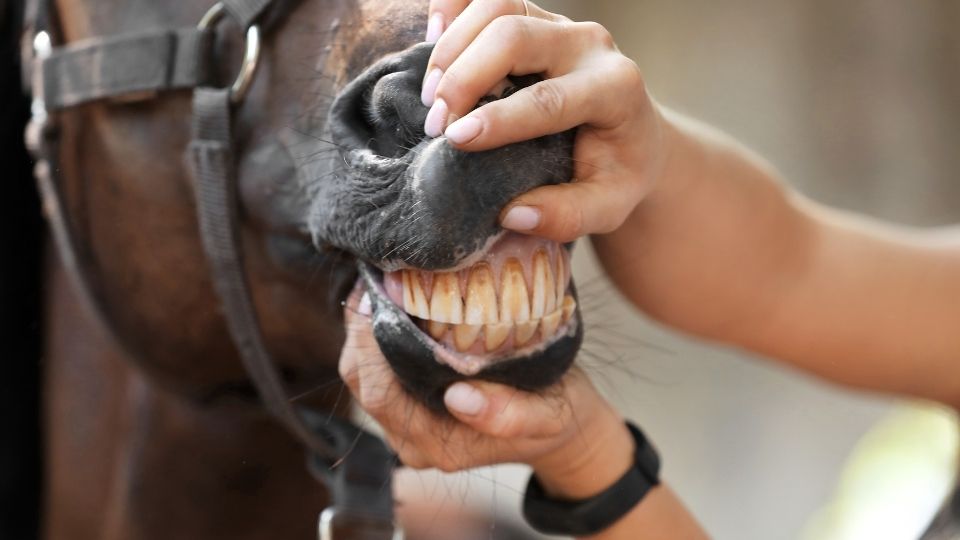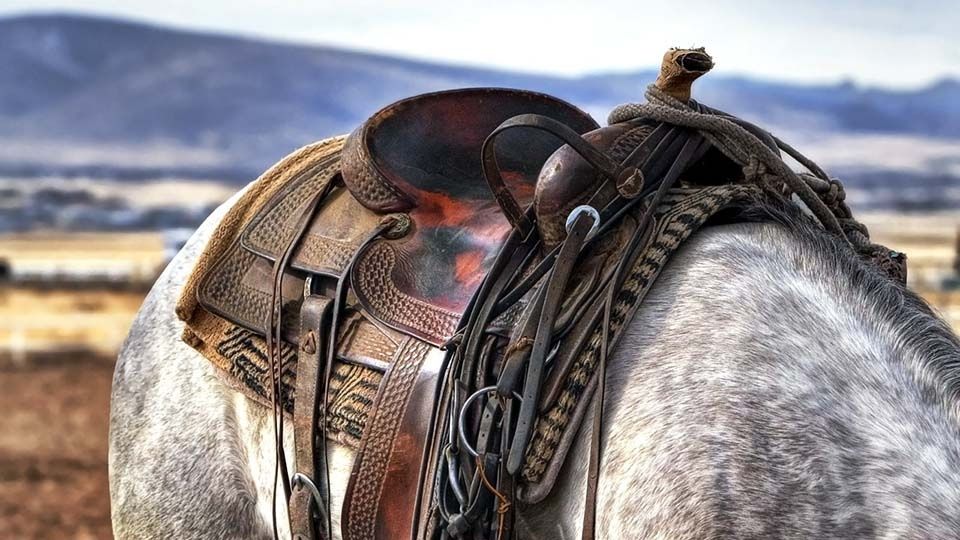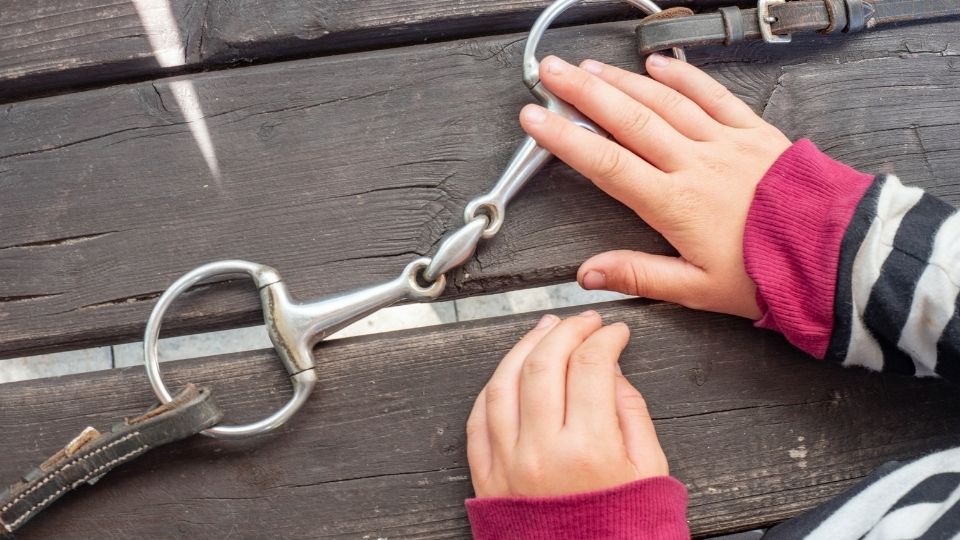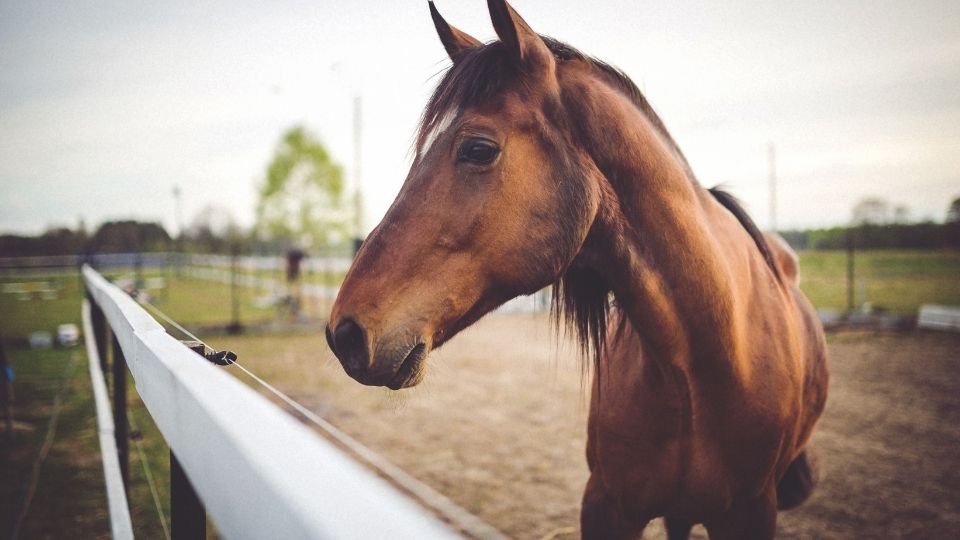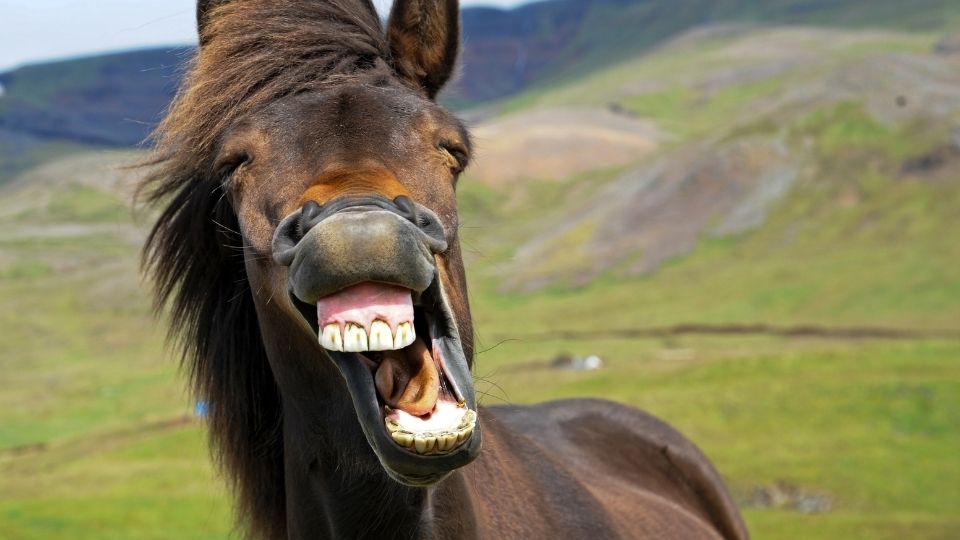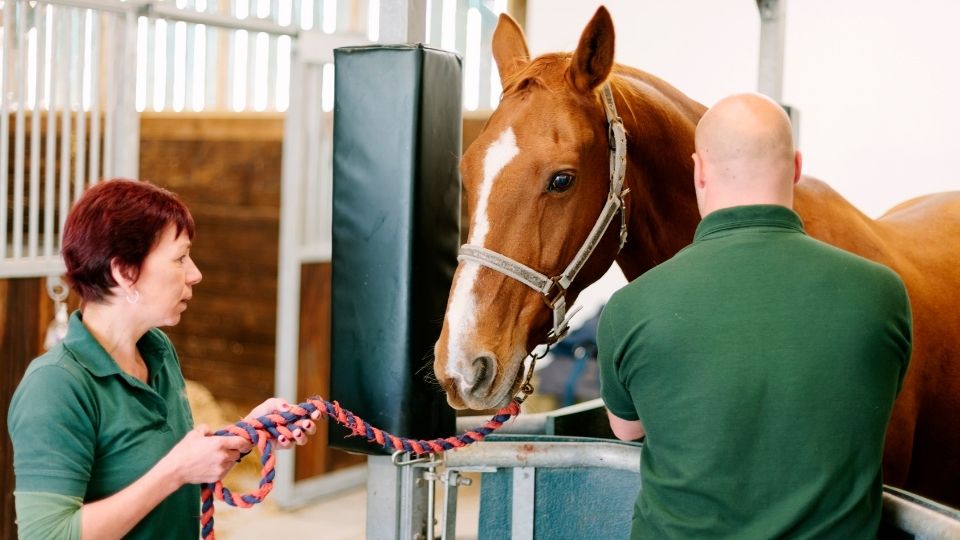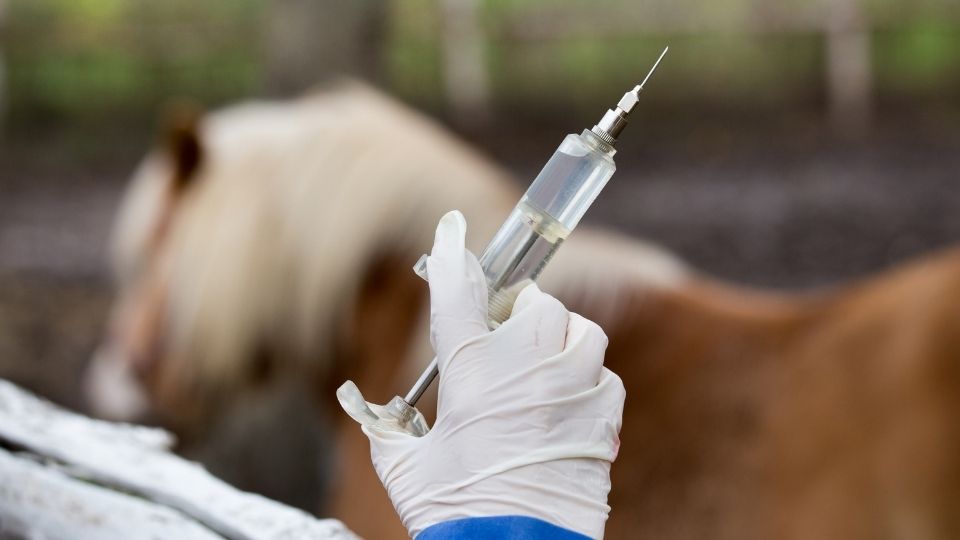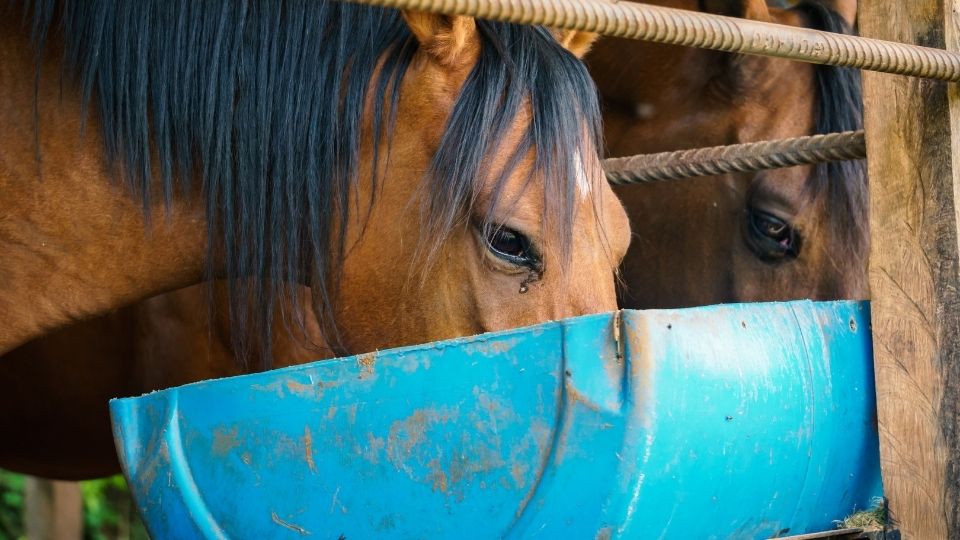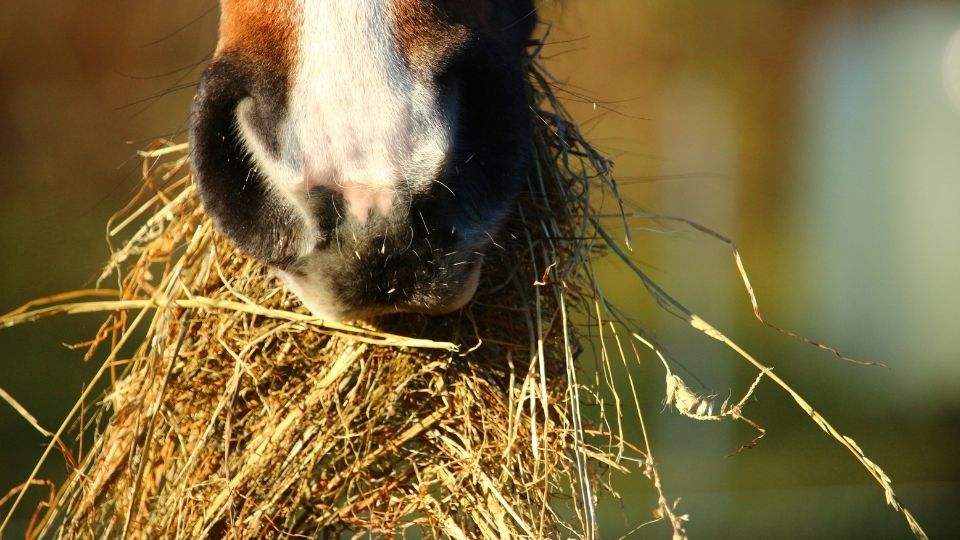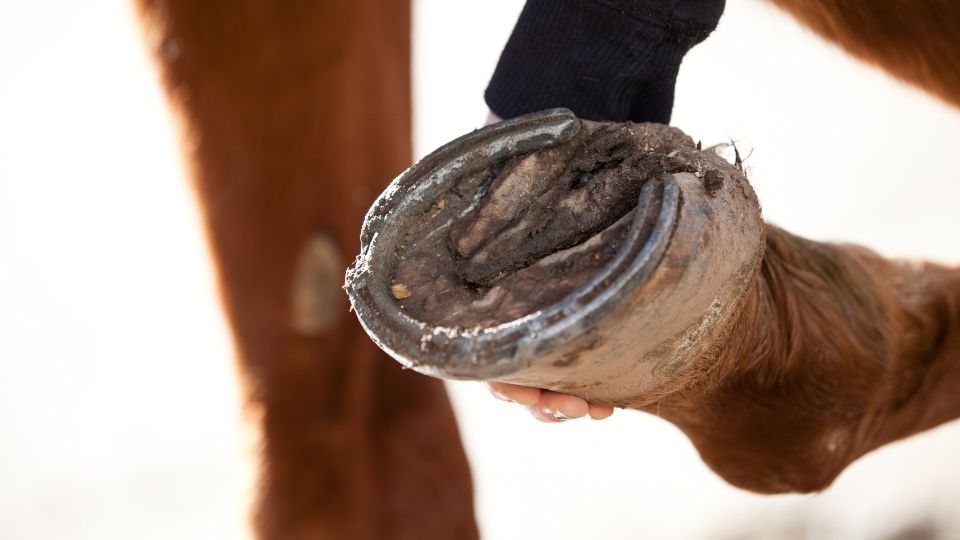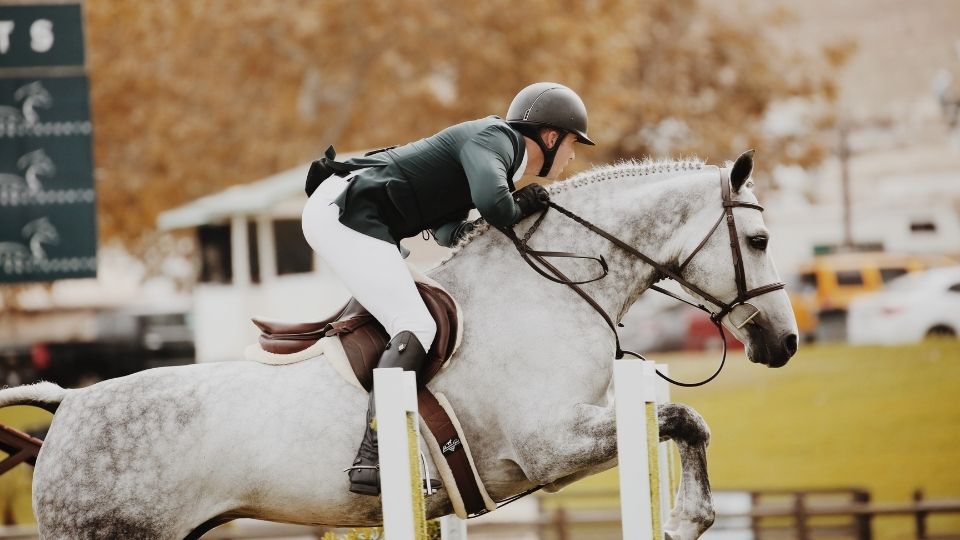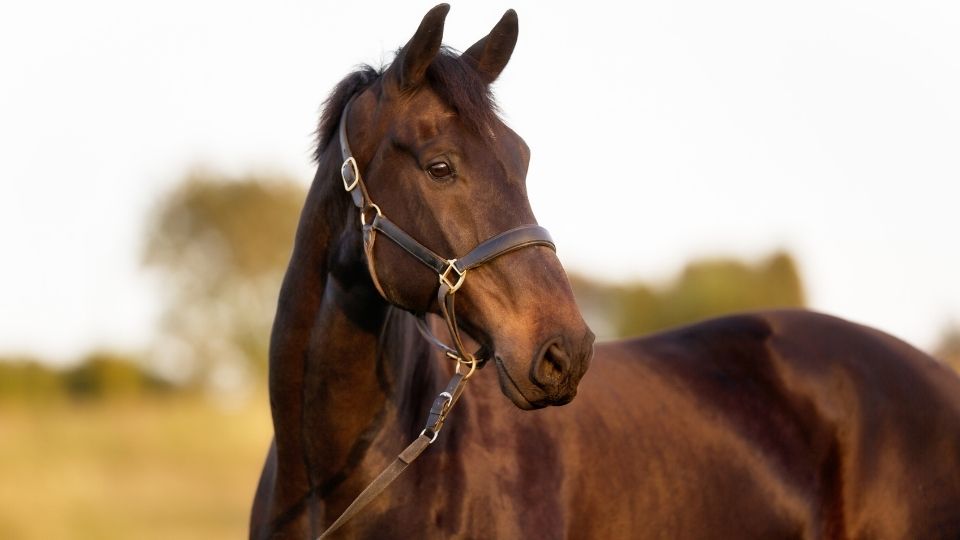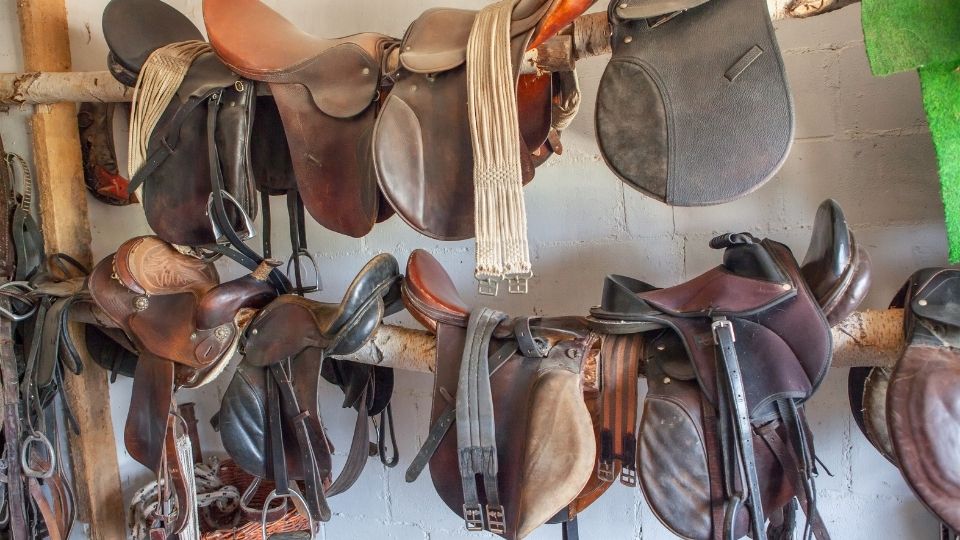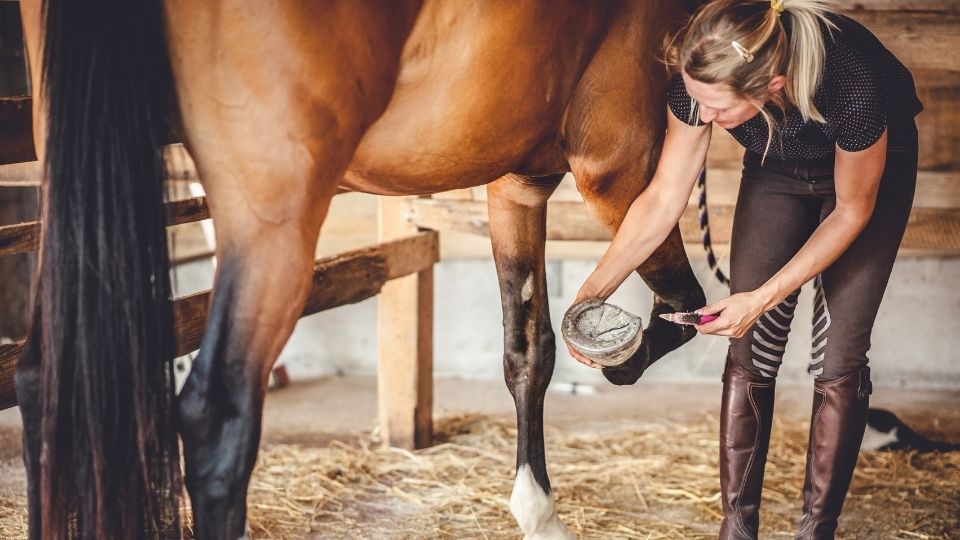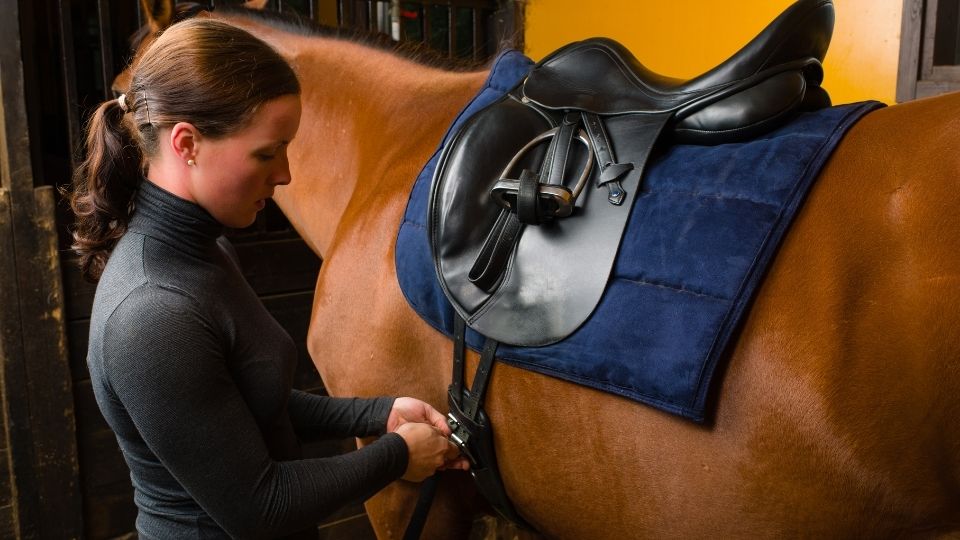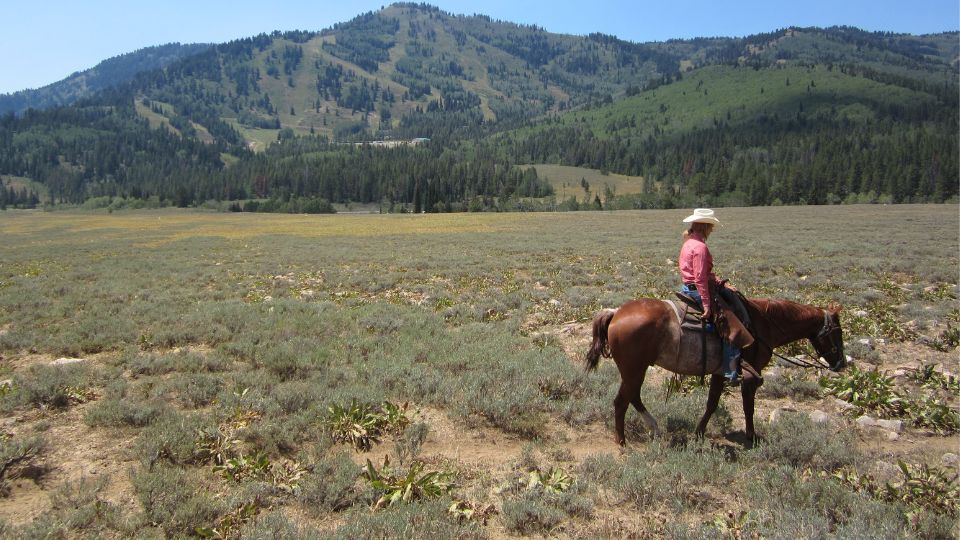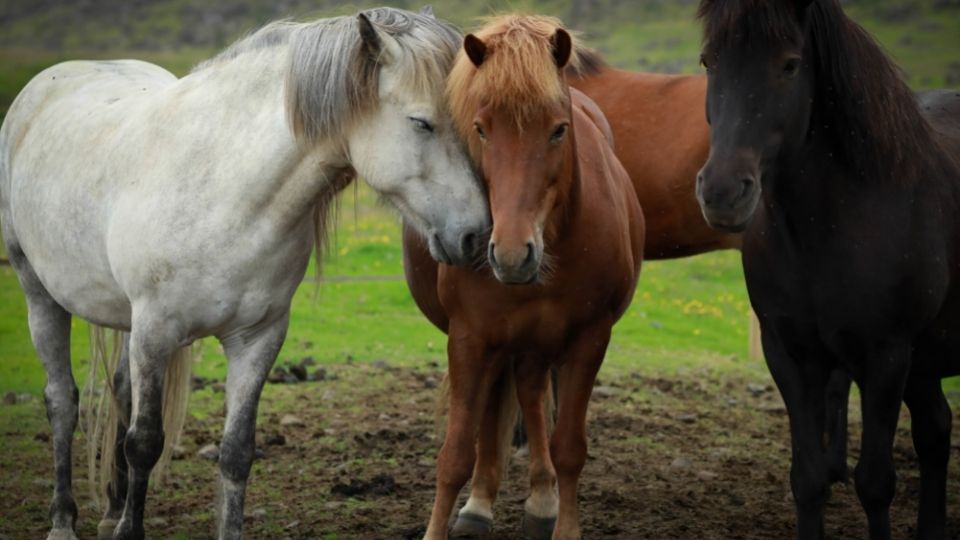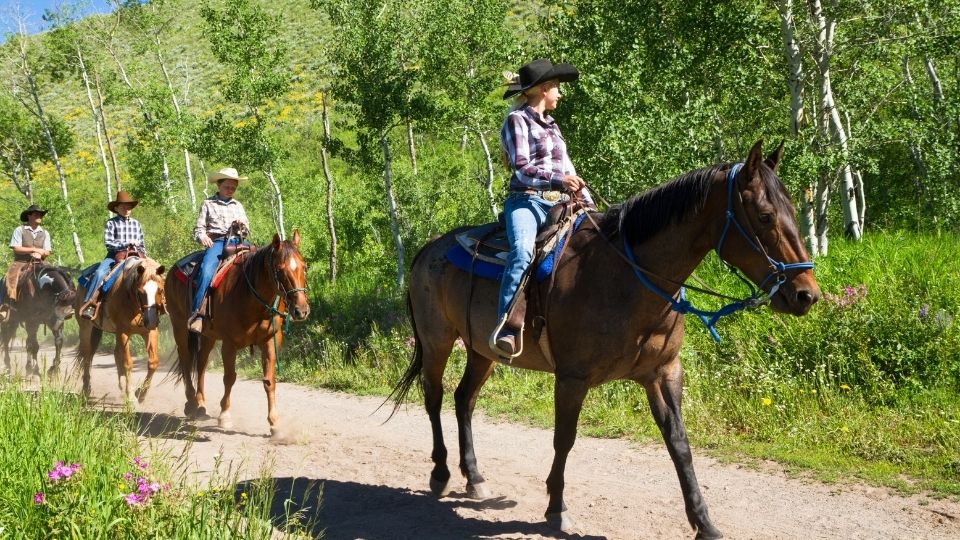Intrastate and Interstate Travel Requirements for Horses
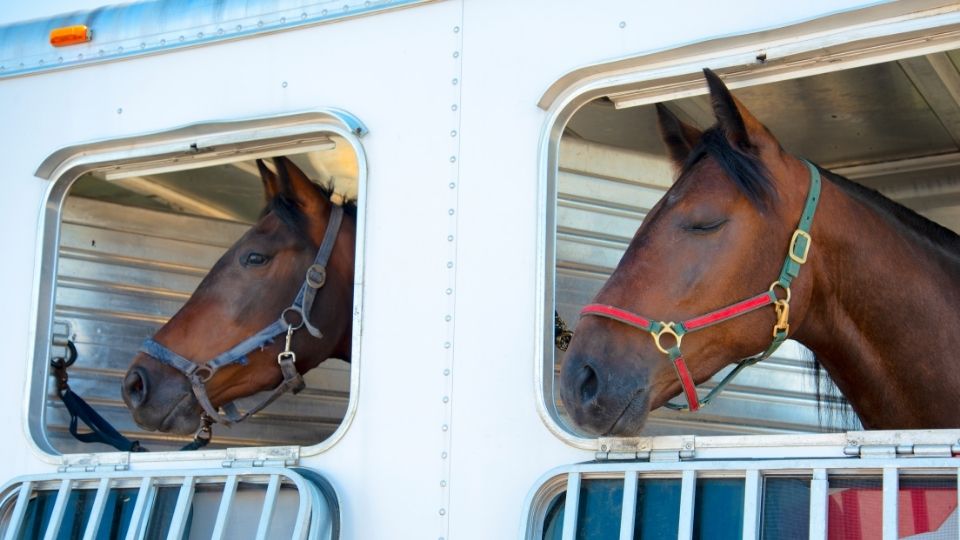
Traveling with Horses
Life and traveling with horses on public roads can be exciting. For first time horse owners many laws and requirements can be perplexing, confusing, and frustrating. However, when understood, it is easy to see that these laws and requirements are designed to secure the safety and health of equine populations within the state. Each state has the responsibility to protect the livestock populations within their borders and therefore develop rules and regulations to carry out that task.
Utah has enacted laws to protect owners and livestock populations from theft and the spread of disease. Theft has historically been an issue when dealing with livestock; therefore, the state requires proof of ownership when transporting horses.
Communicable diseases can spread between animals and also from animals to people. To ensure the health of both populations, the state requires horses to be inspected by a licensed and USDA accredited veterinarian. The responsibility of complying with these laws lies with the owners of the livestock and is enforceable by livestock inspectors, certified law enforcement officers, and the State Veterinarian’s Office. Potential consequences of violating these laws include citations and the horse being impounded with all associated fees being paid for by the owner.
Intrastate Travel
For travel with horses within state boundaries only one document is required. Any time a horse is hauled on state roads a “proof of ownership” is required. The state of Utah defines “proof of ownership” as any one of the following documents1
- A brand inspection certificate showing ownership of the animal
- An auction invoice showing where the horse was purchased and by whom
- A recorded brand (with card in possession) matching the brand on the horse
- Breed registration papers in the owner’s name
If you are traveling with a foal and it is nursing its mother, the foal is covered under one of the above documents required for the mare.
The “proof of ownership” must be in possession of the transporter. If hauling a horse that is owned by someone else, it is required to carry written permission in addition to the owner’s “proof of ownership.” A bill of sale from an individual does not qualify as a “proof of ownership.” A certified bill of sale for “proof of ownership” from non-brand inspected states may be accepted in Utah on a case by case basis. The private sale of a horse requires the seller to provide a “proof of ownership” to the buyer. This is achieved by a brand inspection certificated provided by the seller. The buyer should ensure that documentation is available before transporting the horse.
Brand Inspection
Brand Inspection certificates are issued by a state employed livestock inspector. This requirement can be met by the following: 72-hour travel inspection (one-way), yearly travel inspection (round-trip), and a lifetime travel permit (honored in all 50 states and Canada for the life of the horse). Livestock inspectors are located in all of Utah’s 29 counties.3 The state of Utah requires that all horses leaving the state must have a Brand Inspection. The state of Utah also recommends, but does not require, horses to be branded or otherwise permanently identified with tattoos.
Interstate Travel
When horses are transported across state lines, new regulatory laws come into effect2. The state that the horse is leaving governs the brand inspections, thereby protecting the livestock population from theft. The state that the horse is entering governs the import requirements, thereby protecting their livestock and human populations from disease and providing proof of ownership of the animals. The requirements for the state you are entering should be discussed with a veterinarian and livestock inspector. The following items are required by the state of Utah for horses to enter our state.
- A “proof of ownership” document
- Negative Equine Infections Anemia Test (Coggins)
- Certificate of Veterinary Inspection (Health Papers)
- Negative EVA test for Breeding Stallions
Proof of Ownership
A “proof of ownership” document is required from the originating state, even if the horse is not branded. The requirements are the same as discussed above for intrastate travel.
Equine Infectious Anemia (EIA) “Coggins”
A horse must have a negative EIA (ELISA or Coggins -AGID) test within the last 12 months. EIA is an infectious disease that is spread via mosquitoes, biting flies, and dirty needles. Infection lasts a lifetime and has no cure. Infected horses require lifetime quarantine or euthanasia.4 As a result of widespread surveillance, EIA has mostly been eradicated; however, it is occasionally found in the horse population of Utah. The test for EIA is performed by a licensed and USDA accredited veterinarian who draws the blood and sends it to an approved laboratory. This will take several days to accomplish, so consulting with your veterinarian and planning ahead prior to transportation is necessary to avoid unwanted delays. This test can be included in your horse’s annual physical exam.
Certificate of Veterinary Inspection (CVI)
A Certificate of Veterinary Inspection is required to cross state lines. This document is issued by a licensed and USDA accredited veterinarian that indicates the horse has had a recent examination and is determined to be free of any clinical signs of a communicable disease. These veterinarians have received additional training in recognizing communicable diseases as well as knowing how to prepare the required documents. To enter Utah, the CVI must show a negative EIA test within 12 months from the time the certificate was issued. Certificates of Veterinary Inspection require an owner’s name and physical address for the origin and destination of the horse. The CVI is only valid for a single destination and for 30 days.
Some states require that an import permit number be printed on the CVI. These numbers are obtained by the veterinarian who contacts the receiving state offices. During times of a disease outbreak the requirements may change. For example, permit numbers may be required for all horses, CVIs may need to be issued within 72 hours of shipment, temperature of the horse may need to be printed on the CVI, special statements may be required, and they may only be valid for 7 to 14 days.
Summary
Living with and working with horses can be an enjoyable and exciting lifestyle. It does bring with it specific responsibilities. As horse owners, we are responsible for knowing and adhering to the laws governing their health and transportation. In Utah we have a strong equine industry and have a variety of options for recreation and livelihood. We must work together to ensure that our horses are healthy, safe and ready to travel.
References
1Utah Department of Agriculture and Food: Brand inspection – Acceptable proofs of ownership. Retrieved from http://ag.utah.gov/animal/animal-import/36-animals/231-proofs-of-ownership.html
2Utah Department of Agriculture and Food: Import requirements for animals entering Utah. Retrieved from http://ag.utah.gov/animal/animal-import.html - equids
3Utah Department of Agriculture and Food: Brand Inspectors. Retrieved from http://ag.utah.gov/animals/36-animals/291-utah-brand-inspectors.html
4American Association of Equine Practitioners: Equine Infectious Anemia. Retrieved from http://www.aaep.org/info/horse-health?publication=75
Published December 2015
Utah State University Extension
Peer-reviewed fact sheet
Authors
Karl Hoopes, DVM Equine Extension Specialist; Barry Pittman, DVM Utah State Veterinarian; Cody James, Director Animal Industry Division
Related Research



